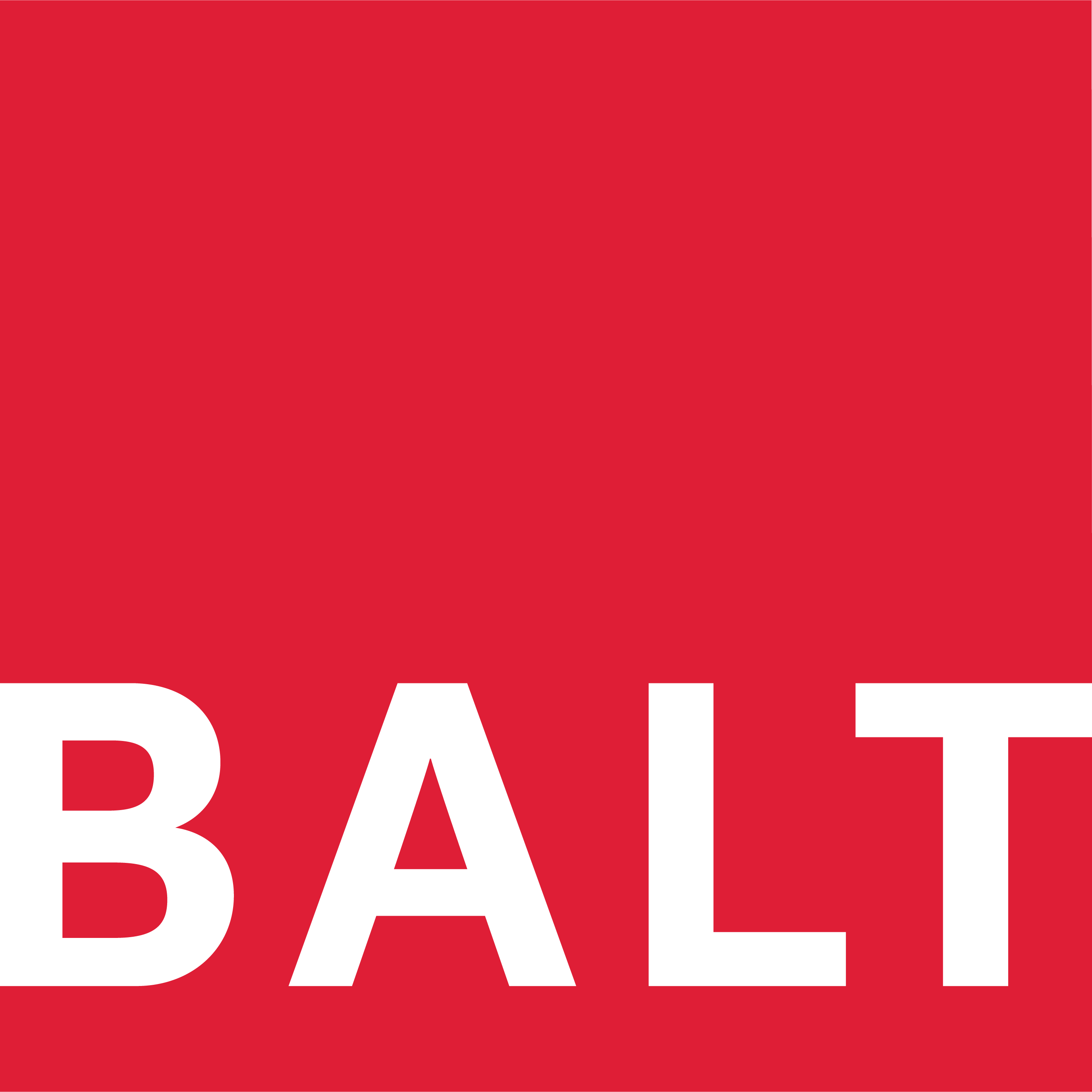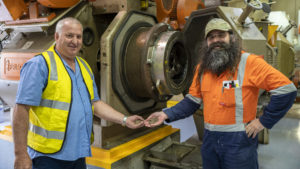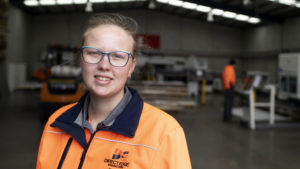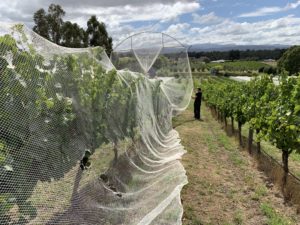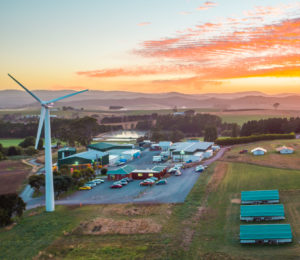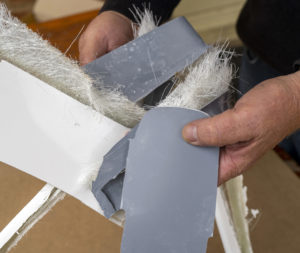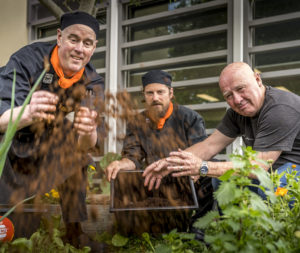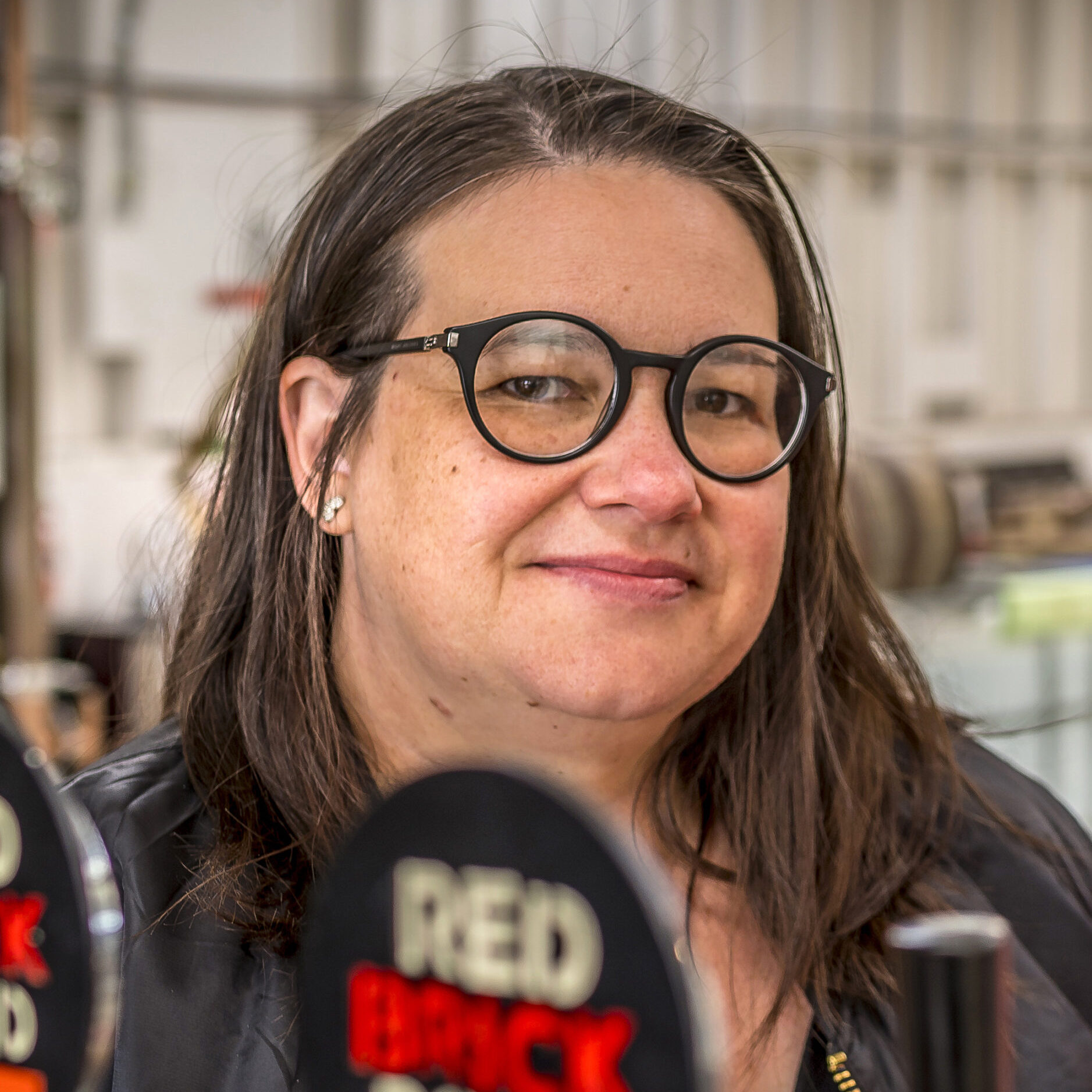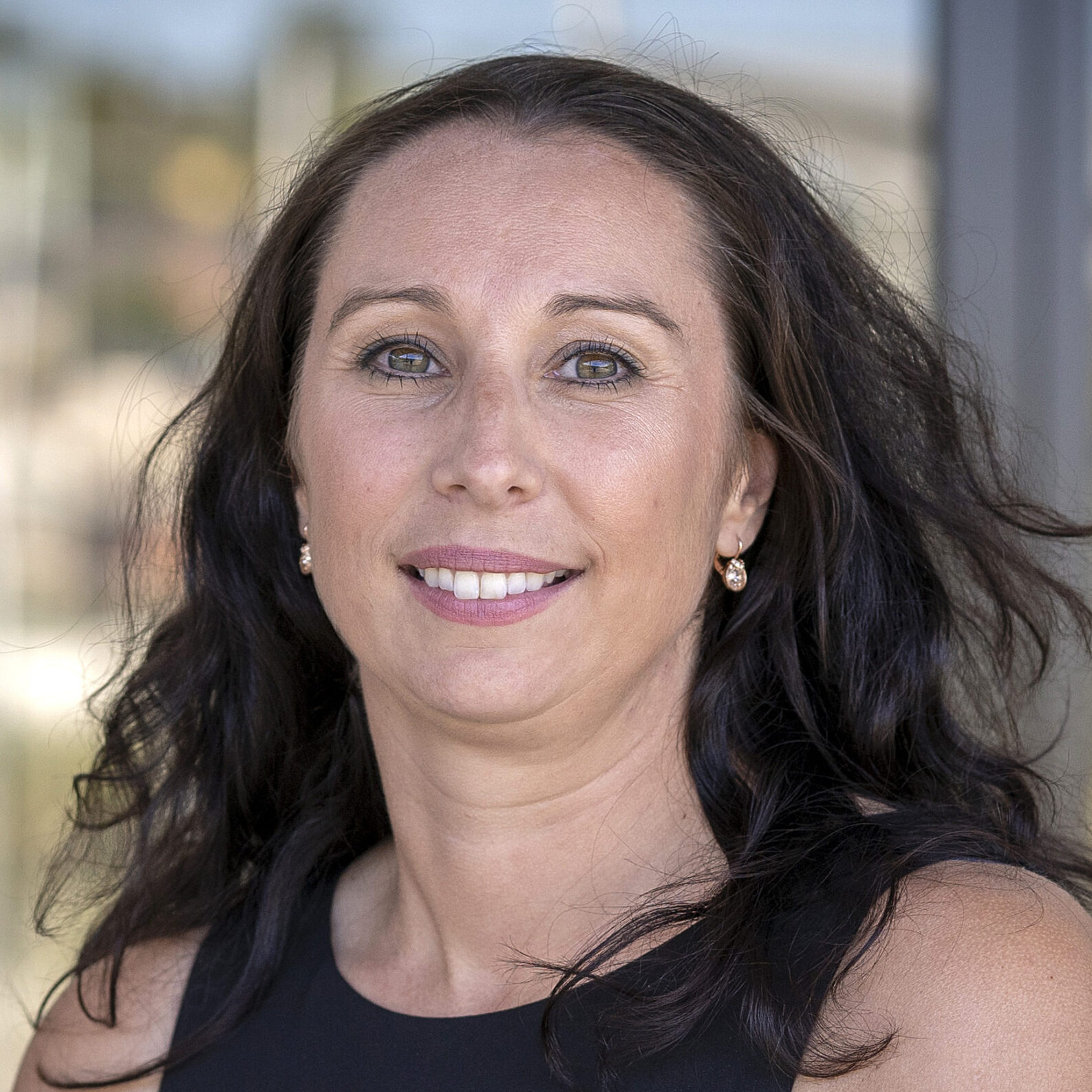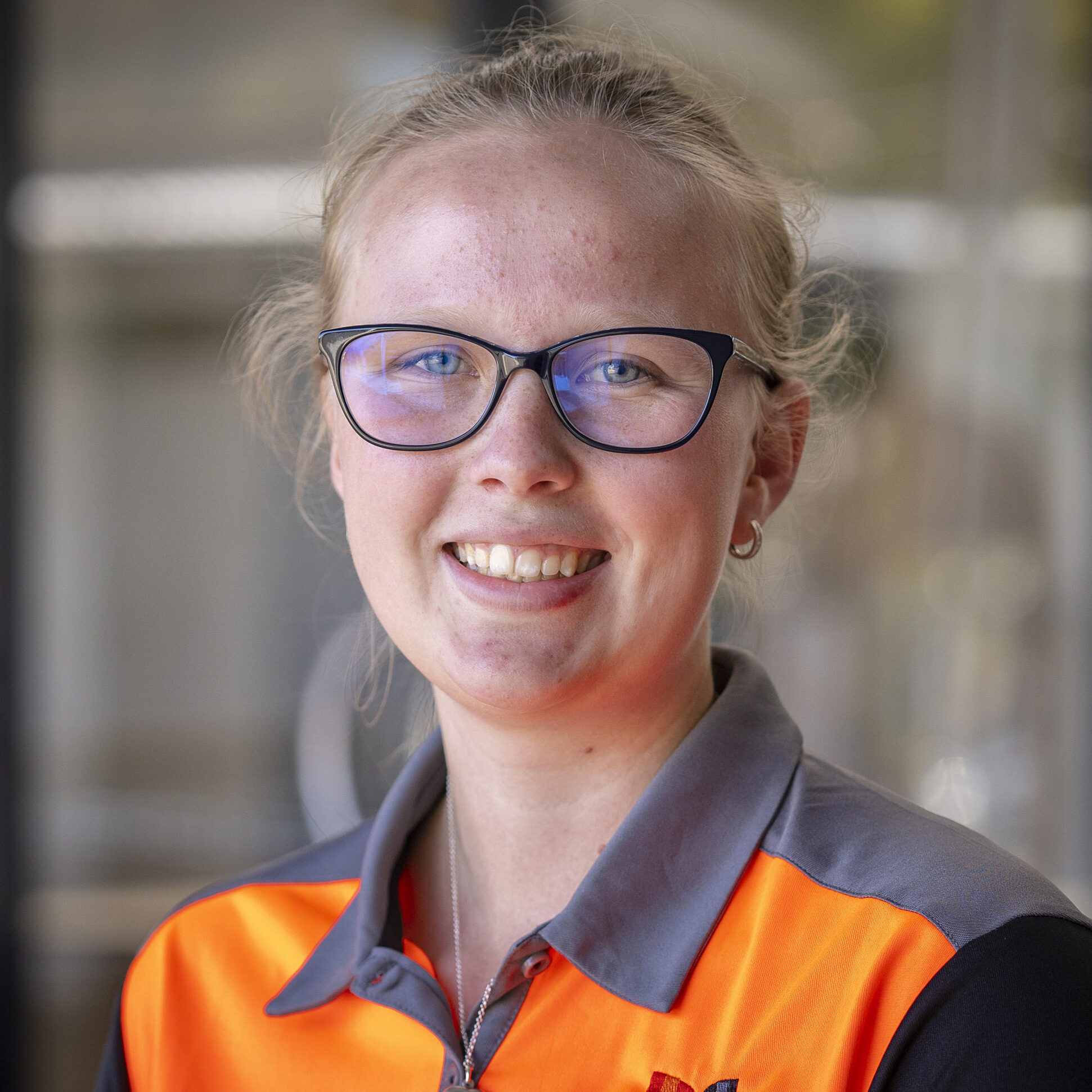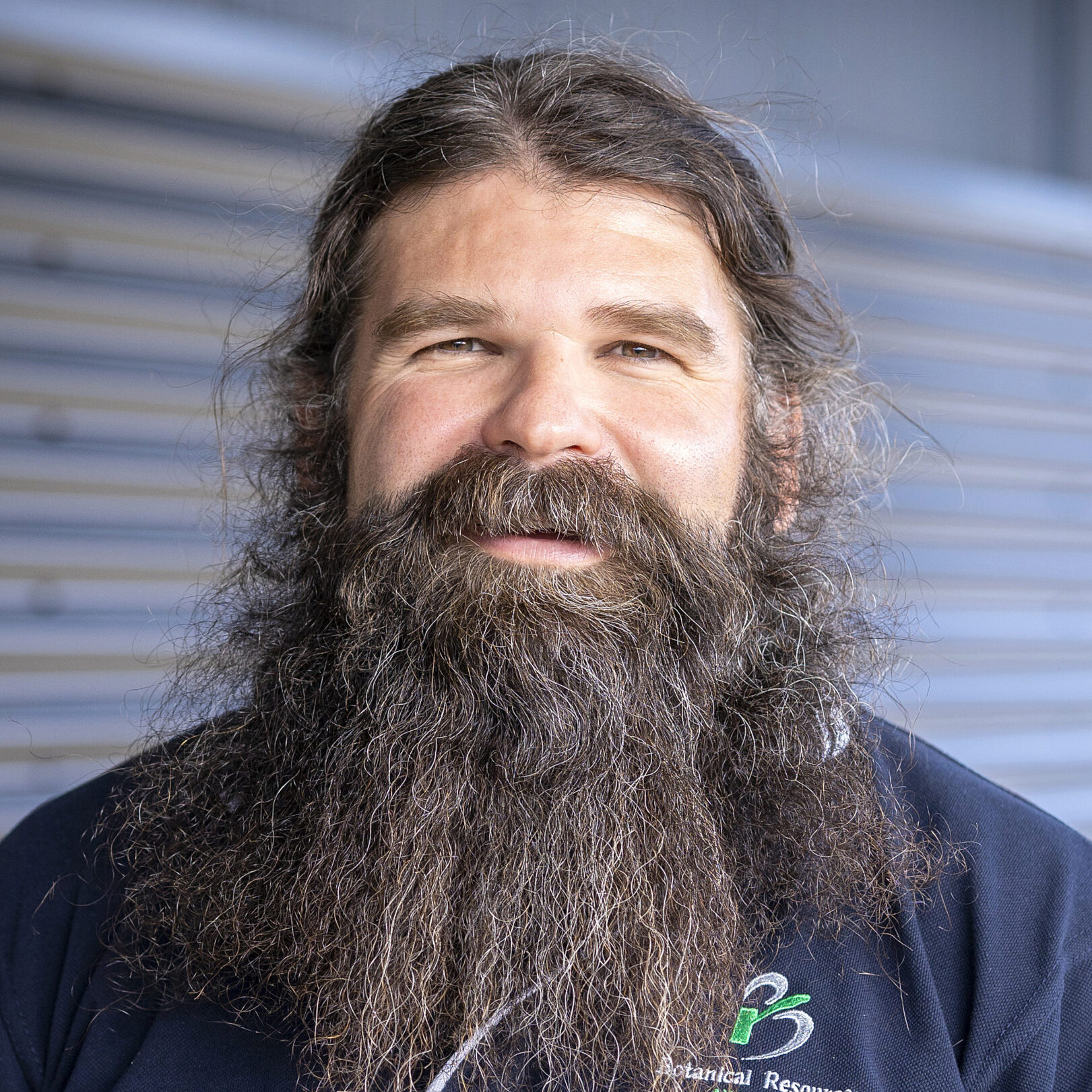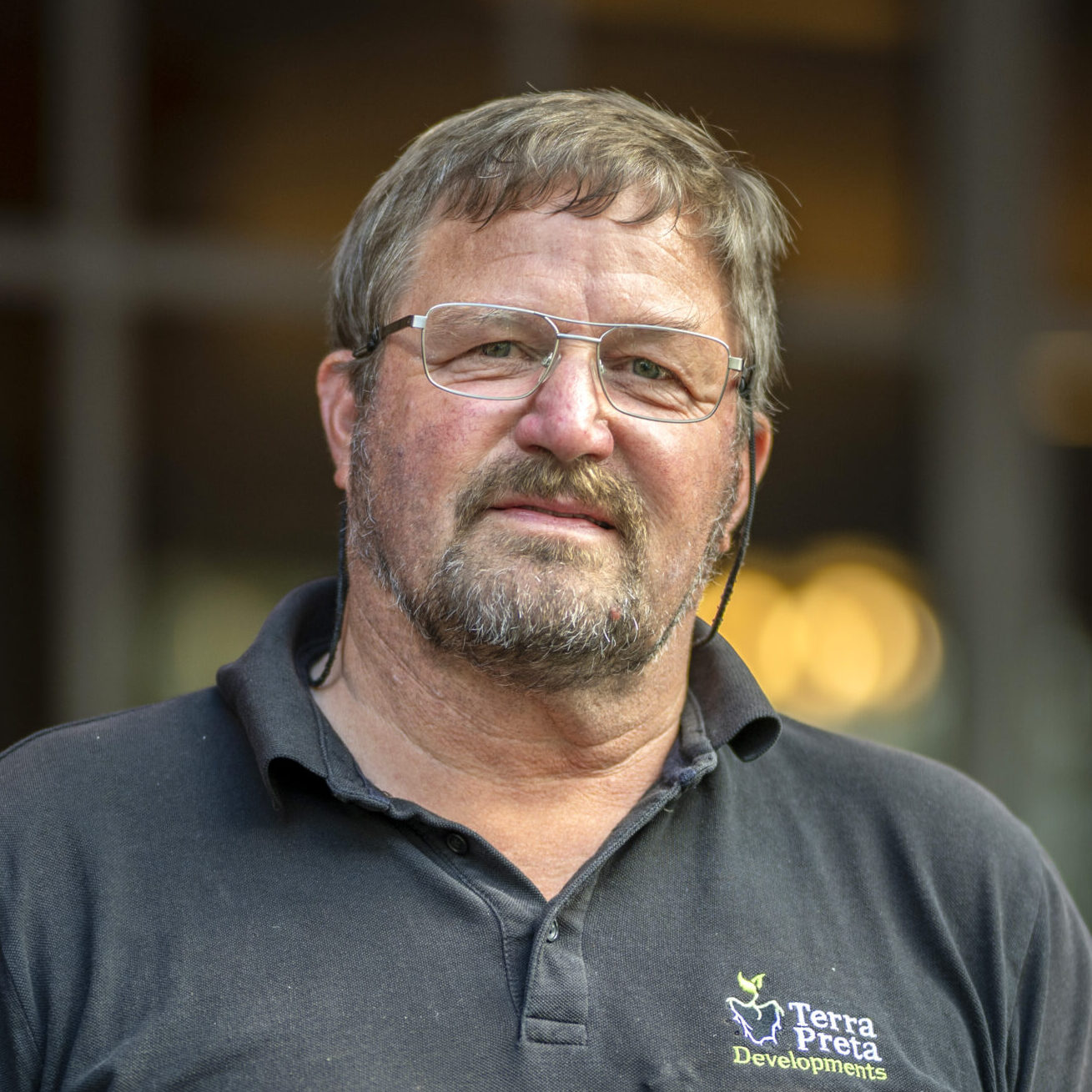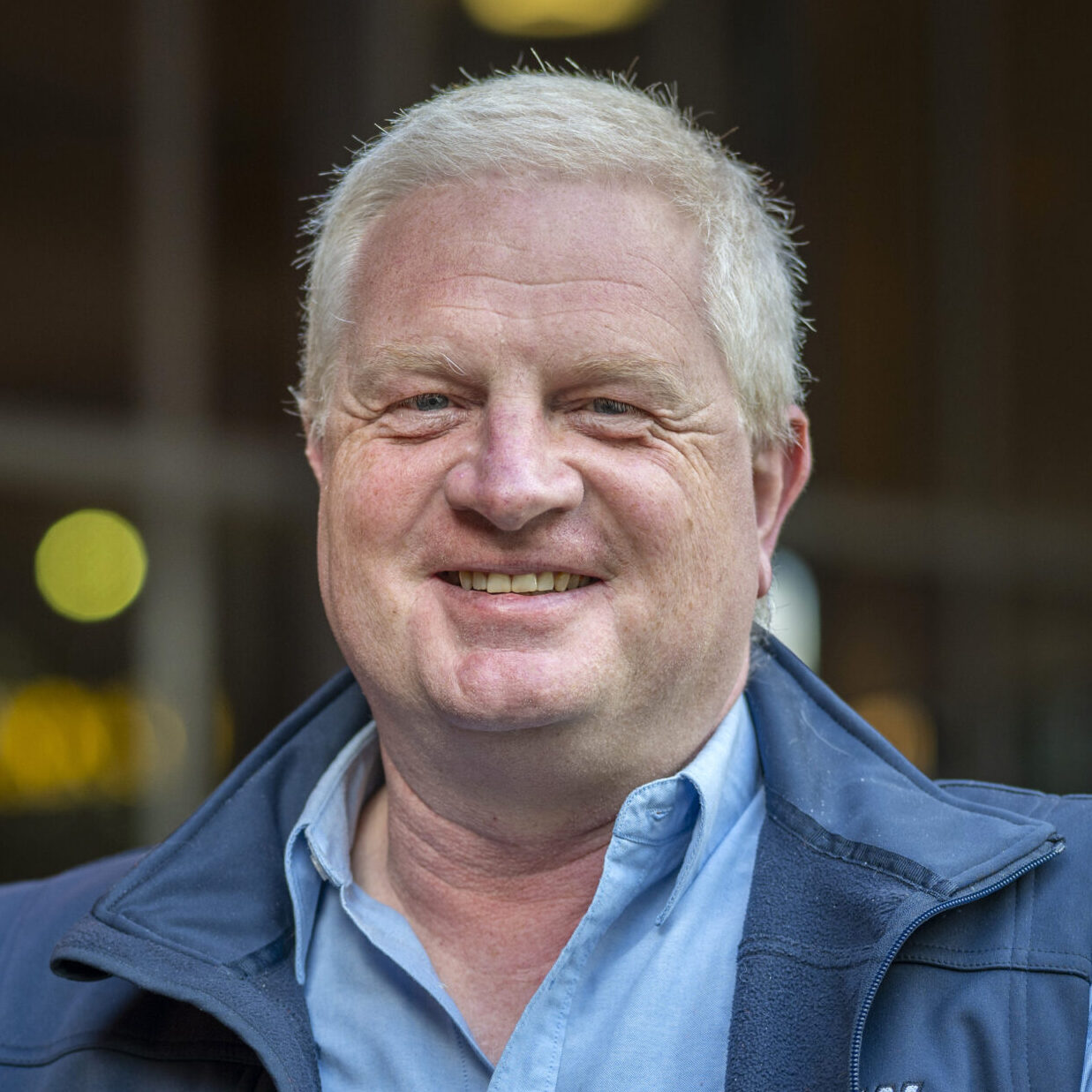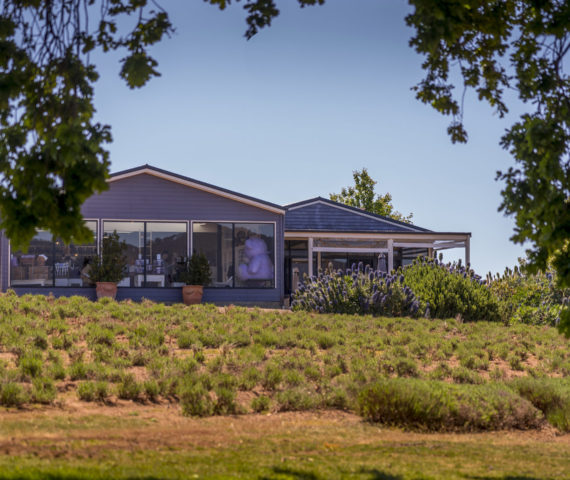
Waste management project
Bridestowe Lavender Estate composts large quantities of organic waste from lavender oil production. The business wanted to focus on food and other waste generated through their cafe, to reduce waste to landfill. A waste audit identified that primary packaging from their manufacturing operations and retail store was actually a bigger problem.
The Project
Evaluate the effectiveness of composting methods trials to inform the adoption of larger-scale resource efficiency strategies across the site.
Optimise supporting activities, ie separation and collection of waste and methods of disposal, etc, to enhance manufacturing processes, food service and the customer experience.
Objectives
- Implement large-scale composting of food waste from the cafe.
- Increase efficiency in food service and manufacturing.
Targets
- Reduce waste to landfill by 50%.
- Reduce or maintain service cycle times.
- Reduce or maintain product cycle times.
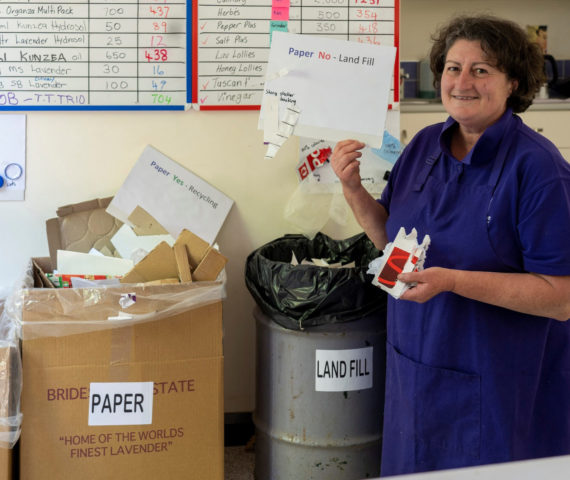
Workers are creating a sensory board to assist with material identification for separation and recycling.
Outcomes
What was implemented?
- Processes for sorting and monitoring of waste streams are now implemented for all operations.
- Oven replaced in kitchen eliminated the bulk of food waste from cafe.
- Cardboard perforator installed and almost all cardboard re-used on site as a substitute for plastic bubble-wrap.
Key issues
- Changing the culture of the business, everyone needs to play their part.
- It’s expensive to do the right thing and there are hidden costs, eg time taken to sort and separate.
- Finding simplified information is really hard.
Performance against targets
- Our total waste volumes have increased significantly due to higher visitor numbers, however we have limited waste to landfill by extracting as much recyclable material as possible. We have integrated sorting so our service times in the cafe and cycle times in manufacturing are not affected.
Lessons Learnt
- Staff wanted to be involved and help to be a part of the solution.
- Ask for help outside of the organisation – we want to do the right thing but it is really confusing.
- Look at your waste streams and work backwards up the supply chain.
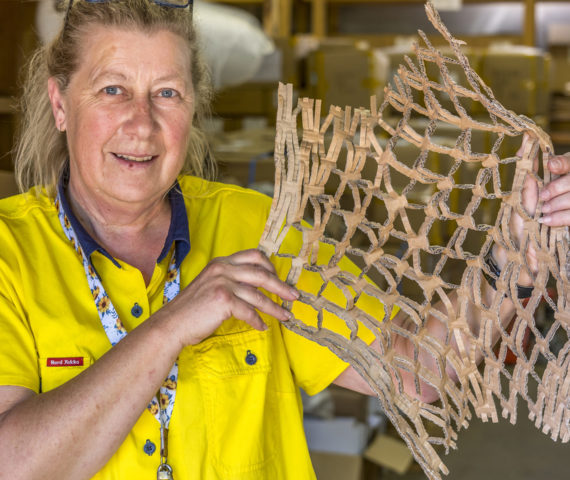
Waste cardboard is now perforated and used as a substitute for plastic bubble wrap, effectively eliminating two problem wastes.

Anna Robertson
General Manager
